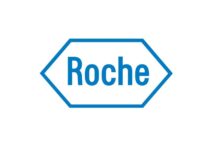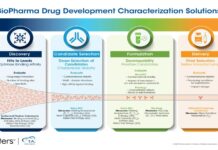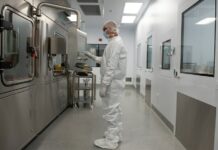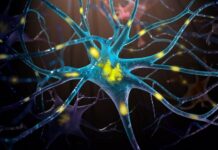A key protein, which may be activated to protect nerve cells from damage during heart failure or epileptic seizure, has been found to regulate the transfer of information between nerve cells in the brain. The discovery, made by neuroscientists at the University of Bristol and published in Nature Neuroscience and PNAS, could lead to novel new therapies for stroke and epilepsy.
The research team, led by Professor Jeremy Henley and Dr Jack Mellor from Bristol’s Medical School, has identified a protein, known as SUMO, responsible for controlling the chemical processes which reduce or enhance protection mechanisms for nerve cells in the brain.
These key SUMO proteins produce subtle responses to the brain’s activity levels to regulate the amount of information transmitted by kainate receptors – responsible for communication between nerve cells and whose activation can lead to epileptic seizures and nerve cell death.
Protein function is controlled by altering their structure in processes that can be independent or inter-related including phosphorylation, ubiquitination and SUMOylation. In the present work it is shown that phosphorylation of kainate receptors on its own promotes their activity. However, phosphorylation also facilitates SUMOylation of kainate receptors that reduces their activity. Thus there is a dynamic and delicate interplay between phosphorylation and SUMOylation that regulates kainate receptor function.
This fine balance between phosphorylation and SUMOylation is dependent on brain activity levels where damaging activity that occurs during stroke or epilepsy will enhance SUMOylation and therefore reduce kainate receptor function to protect nerve cells.
Dr Mellor, Senior Lecturer from the University’s School of Physiology and Pharmacology, said: “Kainate receptors are a somewhat mysterious but clearly very important group of proteins that are known to be involved in a number of diseases including epilepsy. However, we currently know little about what makes kainate receptors so important. Likewise, we also know that SUMO proteins play an important role in neuroprotection. These findings provide a link between SUMO and kainate receptors that increases our understanding of the processes that nerve cells use to protect themselves from excessive and abnormal activity.”
Professor Henley added: “This work is important because it gives a new perspective and a deeper understanding of how the flow of information between cells in the brain is regulated. The team has found that by increasing the amount of SUMO attached to kainate receptors – which would reduce communication between the cells – could be a way to treat epilepsy by preventing over-excitation of the brain’s nerve cells.”
The research follows on from previous findings published in Nature that discovered SUMO proteins target the brain’s kainate receptors altering their cellular location.




















